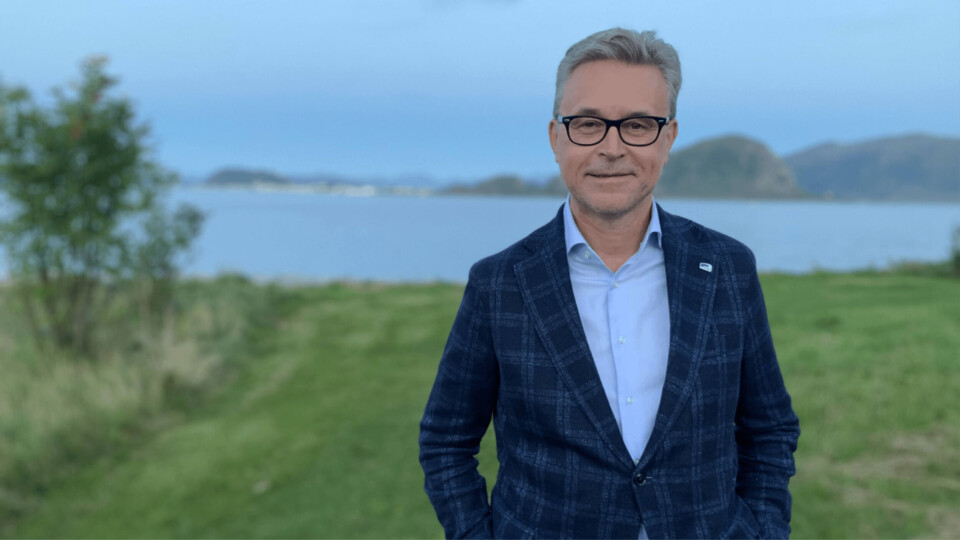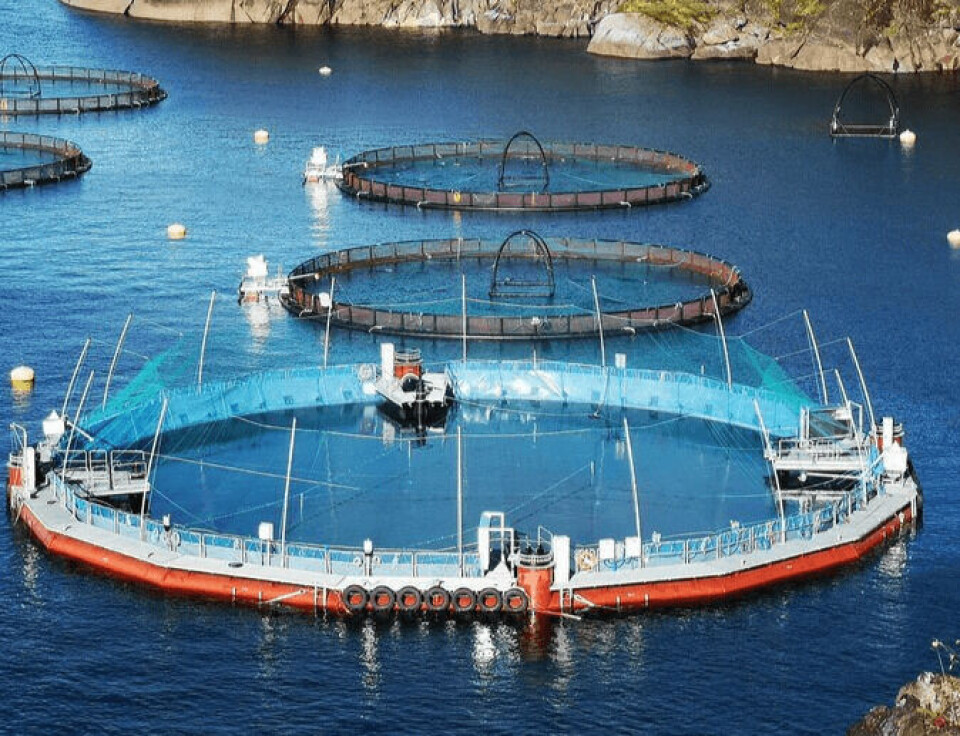
Norway fisheries minister wants more closed containment
Norway’s fisheries minister Odd Emil Ingebrigtsen wants more marine salmon farming carried out in closed containment to protect the environment. “This is something that will force itself forward anyway,” said Ingebrigtsen.
“The aquaculture industry contributes to settlement and profitable jobs along the entire coast. Now we want to set the course for the aquaculture industry of the future.”
He warned that the government plans to present a new aquaculture strategy in which the goal of sustainable growth will be central. There must be solutions to the challenges of lice, escapes and high mortality.
Incentive scheme
Among the instruments being considered is a new incentive scheme to lock more of the current fjord farming into closed facilities.
The new scheme has not been decided yet. The ministry has started building a framework and hopes for a clarification before the summer.
“We want a development that also facilitates closed facilities. Customers are increasingly demanding documentation on sustainability and the environment, and even though we know that Norwegian farmed salmon is one of the healthiest things you can eat, there are still some who overlook that fact,” said Ingebrigtsen in a press release.
Fredrikstad Seafoods
Norway already has a variety of on-land and in-water closed and semi-closed containment systems used to grow smolts and post-smolts, but all but the tiniest fraction of the 1.3 million tonnes of salmon produced annually is grown to harvest size in open net pens.
Only one closed containment facility, Fredrikstad Seafoods, which can produce just 1,500 tonnes annually, is producing fish that never see the sea, although several bigger projects are under construction or on the drawing board.
The most advanced include Salmon Evolution, which is building an on-land farm which will use a mix of flow-through and recirculating aquaculture system (RAS) technology and will eventually produce 36,000 tonnes of fish annually.

70,000 tonnes a year
Another big project is being carried out by Andfjord Salmon, which is building a 10,000-tonne farm at Kvalnes on the island of Andøya and will use a patented seawater flow-through technology. The first smolts are due to go into the first of the farm’s ten 1,000-tonne-capacity pools in the spring.
Andfjord plans to eventually produce 70,000 tonnes of salmon a year by expanding to two other sites on the island.
Cermaq and Mowi have both been trialling the use of floating pools with impermeable walls to bring on post-smolts, but these have not been used to grow fish to harvest size.
A number of other designs for floating closed containment were created when Norwegian authorities were offering cheap development licences, and these might be a possible target for incentives.























































